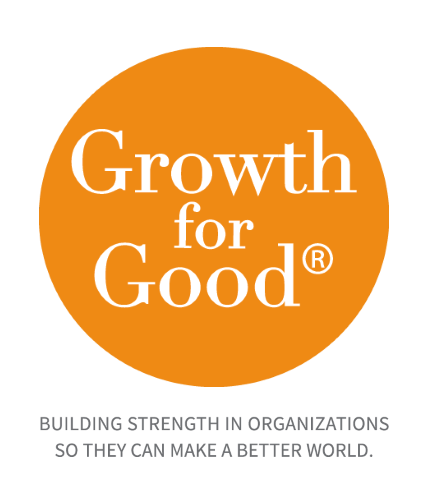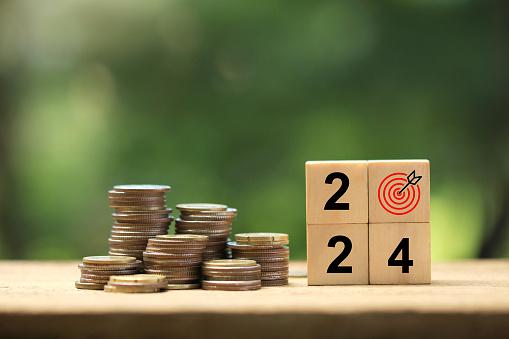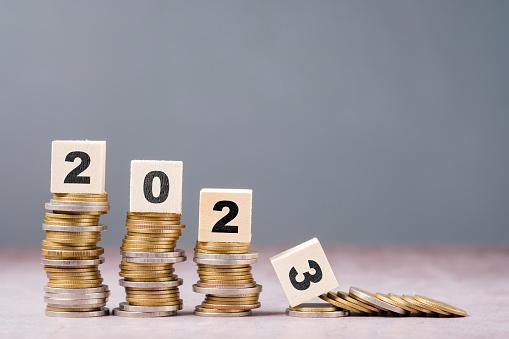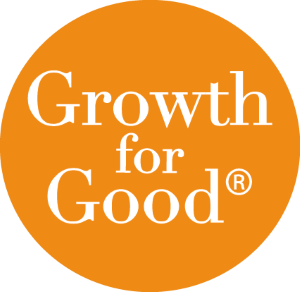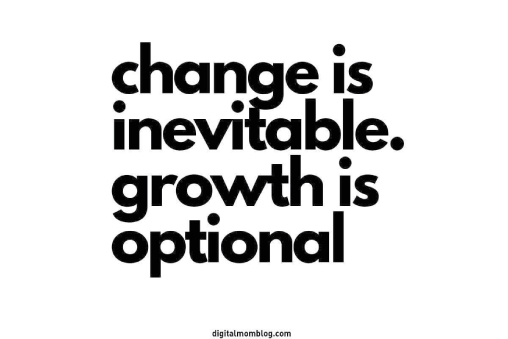The 2023 Giving Decline: Unpacking Metrics and Strategies for Nonprofits
Early in January, we began receiving recurring messages from past clients who were discouraged due to poor end-of-year giving results in 2023. Some of the most effective fundraisers we know, including those who do everything right, felt very discouraged. Reports of missing the projections by 10% to the lowest annual appeal yield ever were common. So, what gives?
As it turns out, this is part of a national trend. If your annual appeal returns were less than projected in 2023, know you are in good company. In the third quarter of 2023, the Fundraising Effectiveness Project reported that giving and all the essential metrics it tracks nationally were down. Click HERE to get the report. The 2023 annual appeals just continued that trend.
It is important to note that the contributions to support the victims of the Israeli-Gaza war and the Ukraine conflict may have an impact on charitable donations as global attention and resources are diverted. A presidential election always impacts charitable giving. All of this, coupled with the perception of a weak economy, has led to a challenging fundraising environment.
The good news is you can do something about it. The economy is getting better, the presidential election will be over in November, and we hope that the war in Gaza and Ukraine will be resolved soon. With a solid plan, the 2024 Annual Appeal should perform better.
Understand the Trends
Interestingly, we saw record charitable giving in 2020 and 2021, primarily due to the pandemic. People had more money to donate and focused on helping those in need. The trend of fewer people giving actually started in 2022. While in raw dollar amounts, giving was up, the number of people making a gift decreased. The increase in overall fundraising was driven by a number of mega gifts. Think Mackenzie Scott. This indicates a clear shift from the philanthropic surge during the pandemic. The Fundraising Effectiveness Project reports on the trends in 2023 HERE.
Know Your Metrics
While gross dollars raised and Return on Investment (ROI) are traditional measures of success, they do not provide a comprehensive picture. New donors signify your organization’s widening scope and influence, reflecting your ability to capture new interests. Donors who renew their gifts demonstrate loyalty to your cause and suggest your message is impactful enough to retain support over time.
Along with traditional measures of success, you should be measuring:
- New donors acquired
- Donors who renewed their gift for the first time
- Donors who renewed their gift for a second, third, or fourth time
- How many lapsed donors returned
- Average gift year over year — are individual gifts increasing
- Online donations web page conversion rate
- Direct appeal response rate
While the well-known CRMs have some built-in query tools for calculating the above, The Fundraising Effectiveness Project has developed a free Fundraising Fitness Test tool. This pre-built Excel spreadsheet will help you determine the above metrics and benchmark your organization against similar organizations nationally. If you have not heard about the Fundraising Effectiveness Project, immediately check them out. In their words, “The Fundraising Effectiveness Project is a collaboration among fundraising data providers, researchers, analysts, associations, and consultants to empower the sector to track and evaluate trends in giving. The project offers one of the only views of the current year’s fundraising data in aggregate to provide the most recent trends for guiding nonprofit fundraising and donor engagement. The Fundraising Effectiveness Project is focused on “effectiveness” (maximizing growth in giving) rather than “efficiency” (minimizing costs).
We love the Fundraising Effectiveness Project and the science they bring to fundraising. They provide an invaluable resource. We especially appreciate the last sentence in their description of their raison d’être. If you know what is happening with your donor database, you can better focus your fundraising activities to make incremental improvements and build a loyal donor base.
And why do we want to have an ever-increasing base of loyal donors? Because a loyal donor base equals a steady and dependable stream of income and a healthy pool of people from which a future major gift giver will emerge. This is the most critical fundraising foundation.
You must understand which of your donors are loyal donors and which ones might be at risk of moving on. It would help if you created an intentional plan to focus the efforts of your fundraising team members so they are executing a hyper-personalized communications plan to strengthen your donors’ connection to your mission. Specifically, in February, you should work on assimilating lists of people who gave for the first time, people who renewed their gift, people who increased their average gift, and people you need to win back.
Focus Fundraising Activities
After completing the February assignment, what should you consider? Keep the concept of hyper-personalized communication with all of your donors. Make sure you tailor messaging and communications to each segment of your donor list. People always love the restaurant where the host knows their name. The same principle holds true in building a relationship with a donor. Carefully orchestrated hyper-personalized communications effectively create a bond between the donor and the organization. By acknowledging their specific continued support, sharing our successes and challenges, and expressing our gratitude, we make them feel valued and crucial to our mission.
Repeat Donors.
The most important donors are your returning donors — your frequent fliers. Yet, often, development department activities are overly focused on acquiring donors. Staff and marketing resources should be aimed at caring for your tried-and-true supporters — the real gold in your donor base. Make a plan to communicate with every single one of them at least two or three times or, according to best practices, seven times before they receive your next “ask.” These communications should not all be generated by your CRM system or digital newsletters. Make sure they receive something in the mail in addition to the – hopefully personalized – thank-you note, also sent via US Post. The more personal the “non-ask” touch, the better. Maybe you can acknowledge that this is their third year in a row of giving and the impact of their gift.
Create a volunteer project and invite them to volunteer. Nothing builds loyalty to a cause like volunteering. Research suggests that 73% of people who donate are likely to volunteer. Involving donors in volunteering activities provides a tangible connection to the impact of their generosity. As they work alongside your staff to provide services to achieve your mission, they witness firsthand the change their contributions enable, strengthening their loyalty. Allocate the staff and other resources to create a robust volunteer program. It will pay off in ways beyond the free workforce.
People who gave a bigger gift.
Absolutely, we want to encourage and acknowledge this positive trend. They are also likely part of the repeat donors group. But this subcategory deserves its own shout-out. Make sure your acknowledgment effort includes a nod to their increased giving. Recognize them publicly, along with the others who increased their giving (with their permission, of course). Let them know you appreciate their generosity.
New Donors.
Try to understand how they became a donor. How did they hear about your organization? It is fair to assume that this group knows less about your work than repeat donors. So, in your seven-touch communications plan with this group, share the details of who you serve, what you do, and what your program impact is. Express gratitude for their vote of confidence. They had a lot of other charities to choose from, and they chose you. Acknowledging that simple fact starts to build donor loyalty.
Lapsed Donors
For lapsed donors, we need to reignite their interest by showcasing the evolution of our organization since their last donation. Highlight new initiatives, programs, and success stories that demonstrate how their renewed support could make a difference. A personalized, impassioned appeal could be the key to winning them back. Reach out with a simple second ask, with the clear message, “Hey, we want you back.” Remind them that you are successful because of their past support. Give them another chance. Be sure to measure your reactivation rate, too.
Recent Posts
Subscribe to Our Newsletter
* These fields are required.
Contact Us
500 Summit Avenue
Maplewood, NJ 07040
P: 973-762-7645
E: contact@growthforgood.com
